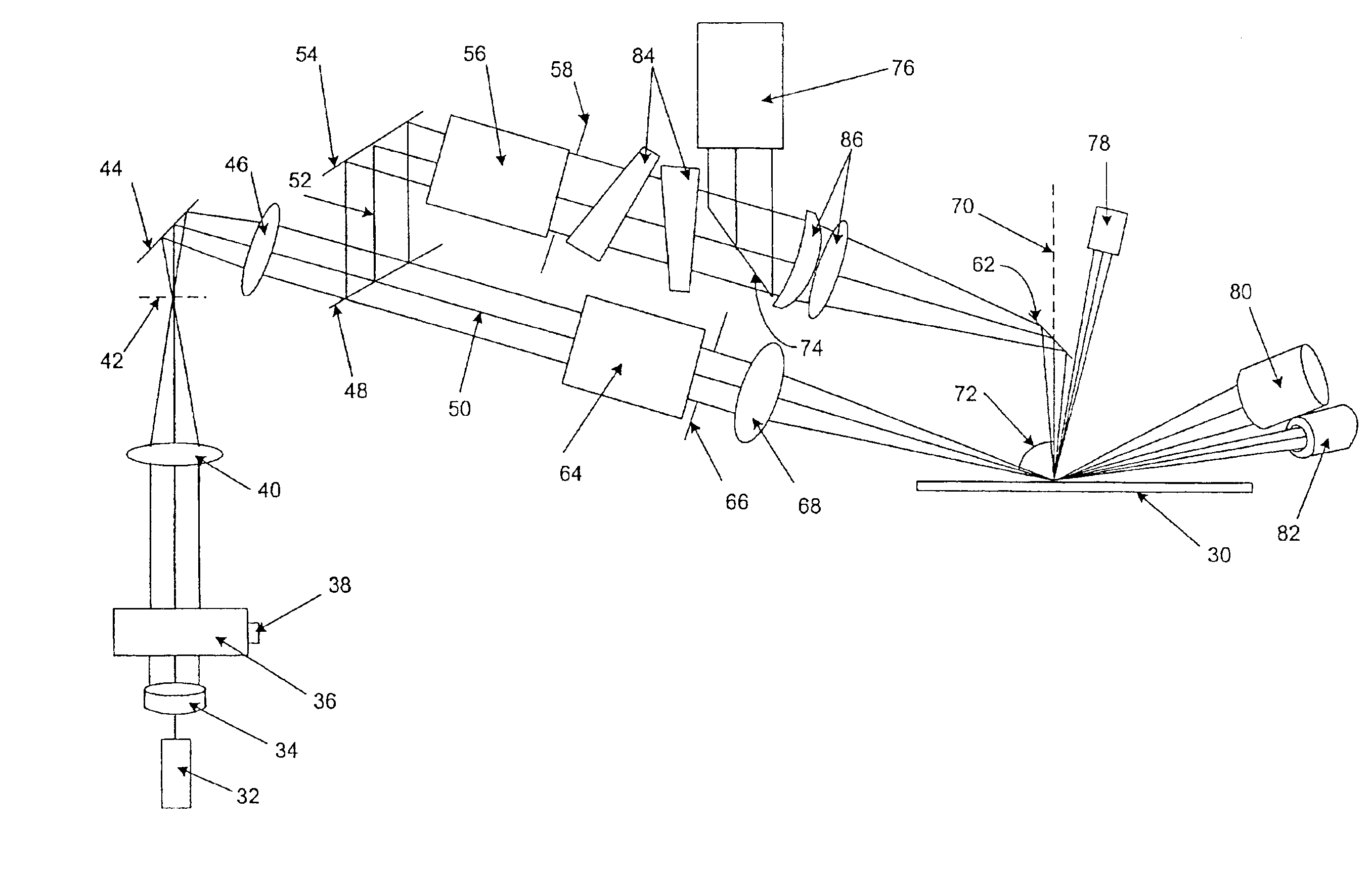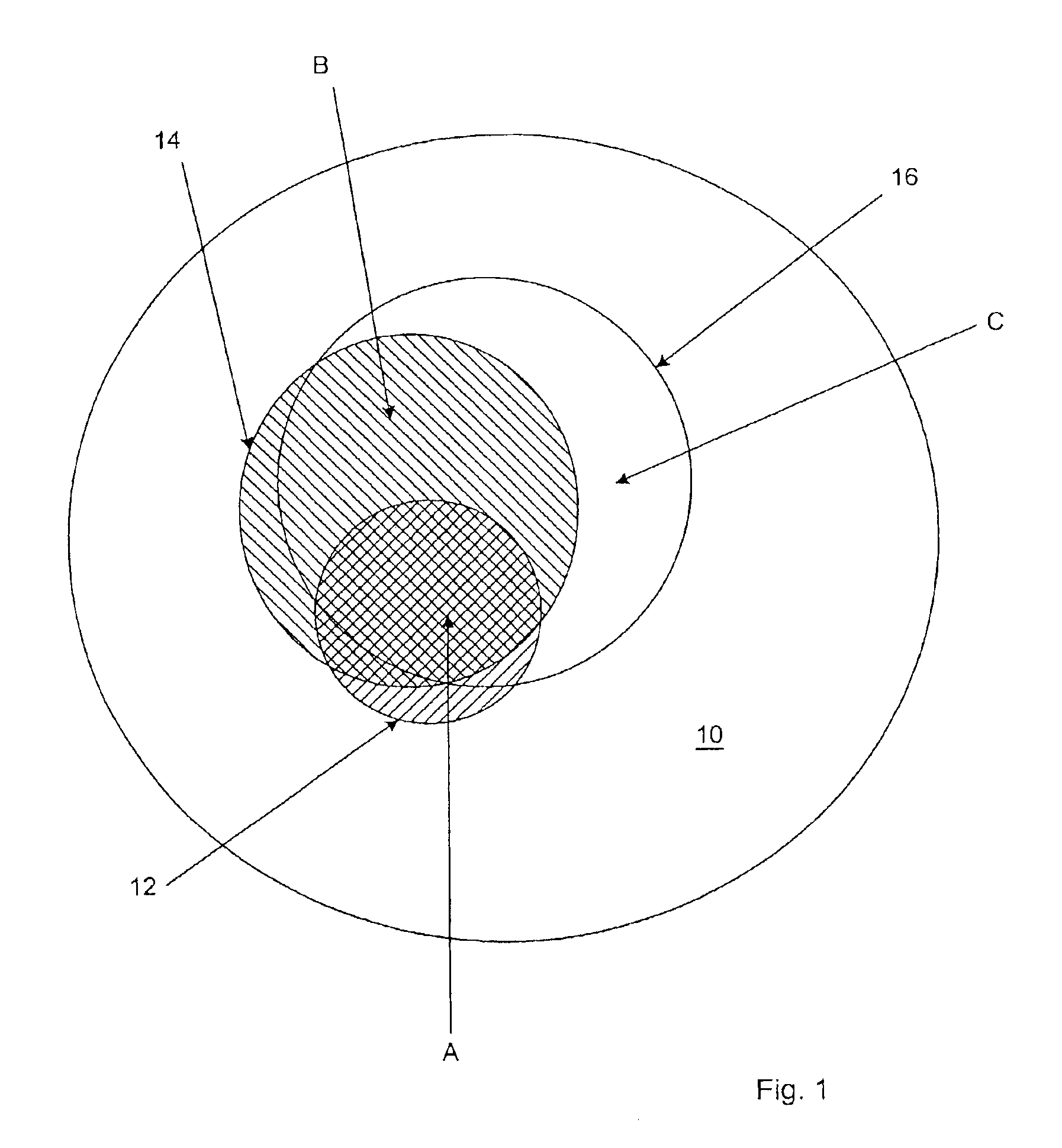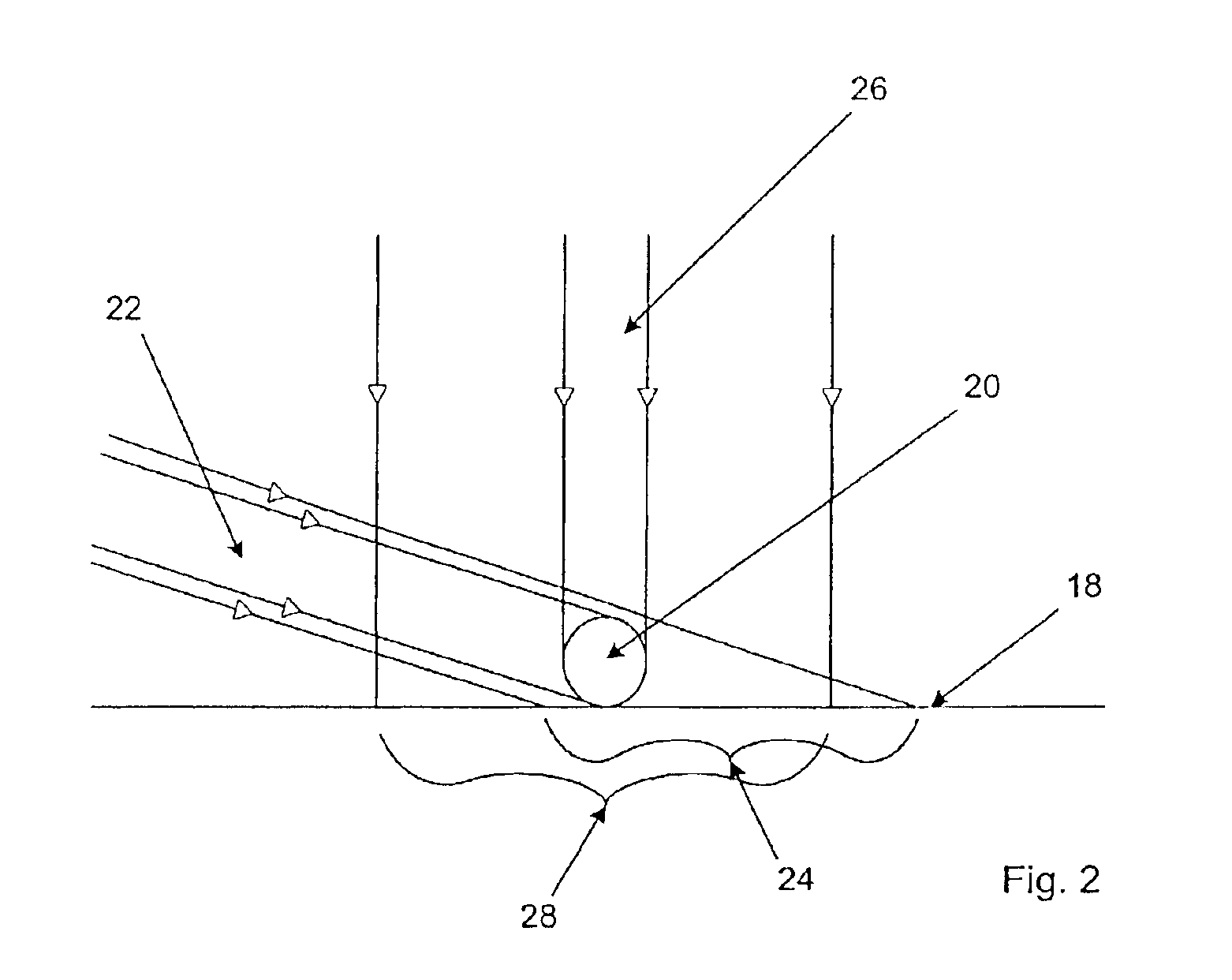Systems and methods for simultaneous or sequential multi-perspective specimen defect inspection
a technology of system and method, applied in the direction of semiconductor/solid-state device testing/measurement, instruments, material analysis, etc., can solve the problems of not being very effective for other defect types such as scratches, complicating specimen inspection, and detecting a larger range of defects, so as to reduce unwanted diffraction orders, and reduce the diameter of the second beam
- Summary
- Abstract
- Description
- Claims
- Application Information
AI Technical Summary
Benefits of technology
Problems solved by technology
Method used
Image
Examples
Embodiment Construction
[0029]Inspection system geometries typically fall into three main categories: bright field, single dark field, and double-dark field. “Bright field” generally refers to a collection geometry configured to collect specularly reflected light from an object. A bright field collection geometry may have any angle of incidence although typically it may have an angle of incidence normal to the object plane.
[0030]“Dark field” generally refers to a collection geometry configured to collect only scattered light from an object. The term, however, may also have an additional meaning associated with a surface electromagnetic (“E-M”) field of an object. When an incident E-M field has a high reflection coefficient from a surface, approximate cancellation of the incident and reflected waves may produce a reduced E-M field at the surface, which may be commonly referred to as “dark fringe.” Similarly, the scattered wave and its reflection can constructively or destructively interfere in the far field...
PUM
| Property | Measurement | Unit |
|---|---|---|
| angle of incidence | aaaaa | aaaaa |
| angle of incidence | aaaaa | aaaaa |
| angle of incidence | aaaaa | aaaaa |
Abstract
Description
Claims
Application Information
 Login to View More
Login to View More - R&D
- Intellectual Property
- Life Sciences
- Materials
- Tech Scout
- Unparalleled Data Quality
- Higher Quality Content
- 60% Fewer Hallucinations
Browse by: Latest US Patents, China's latest patents, Technical Efficacy Thesaurus, Application Domain, Technology Topic, Popular Technical Reports.
© 2025 PatSnap. All rights reserved.Legal|Privacy policy|Modern Slavery Act Transparency Statement|Sitemap|About US| Contact US: help@patsnap.com



